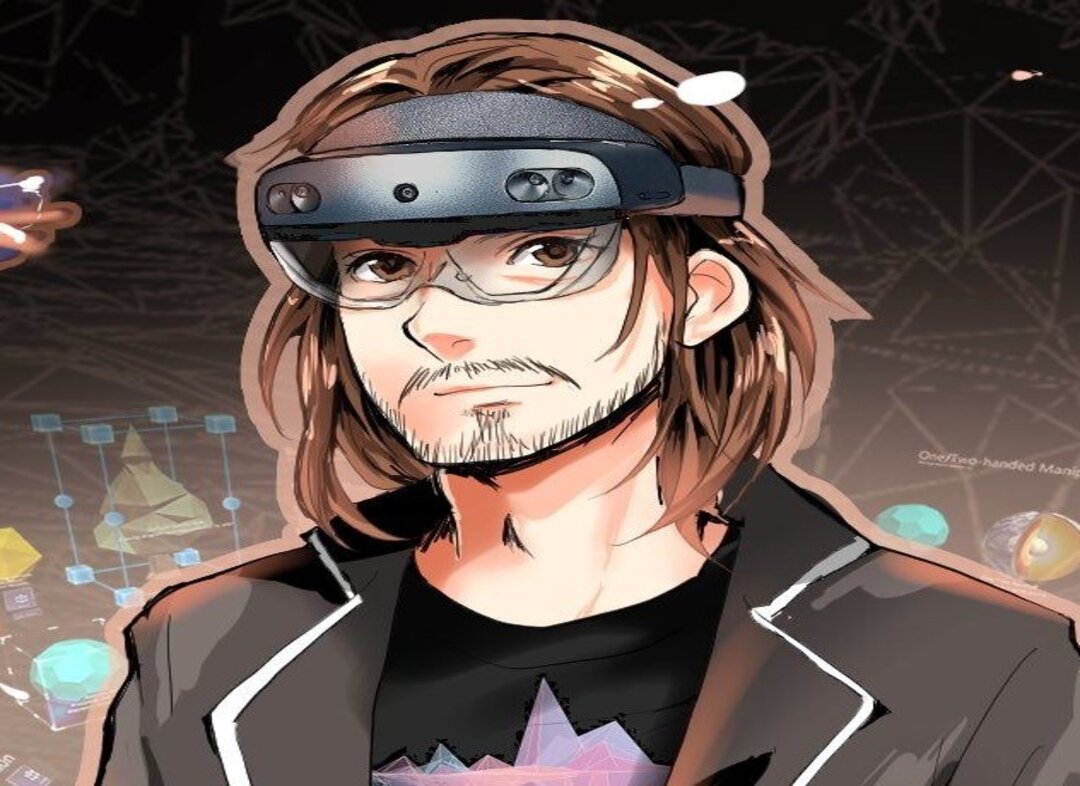
There is a lot of confusion between mixed reality and virtual reality. Virtual reality is the process of placing virtual objects in a real-world environment, while mixed reality is the merging of the real world and computer-generated environments. It can also be used to describe the process of putting physical objects in virtual environments in real time.
Virtual reality
Mixed reality is a new technology that has taken the virtual world and added a dose of reality. Initially, it was a novelty, but the augmented reality that followed has been adopted by more and more businesses.
A new form of holographic computing has also been developed and is known as the HoloLens. These devices are now being used by a number of companies, including Apple. However, the technology is still not widely understood by the general public.
Although VR and MR are both exciting technologies, they have their own strengths and weaknesses. The first has a lot to offer in terms of immersion, while the second is much more interactive. Whether you are a business professional or a gamer, both can be used for a variety of applications.
Although both of these technologies are impressive, MR may have the edge. One of the main reasons is the potential to create entirely new experiences. Another is the fact that MR is able to produce the results of interactions without lag.
Augmented reality
While both AR and VR are exciting technologies, there are distinct pros and cons to each. For example, AR is comparatively more advanced.
AR has numerous applications, including gaming, business, and entertainment.However, its market is still relatively small.
It is often used in conjunction with VR to produce “mixed reality.” Combined, VR and AR create a fictional, computer-generated world. This fictional world can be very realistic and immersive.
Augmented reality is an interactive technology that superimposes digital information on the real world. These elements can be positioned and manipulated to enrich the experience.
Compared to VR, AR uses smaller devices such as smartphone cameras or goggles. However, it requires a high bandwidth to create lifelike objects.
Both AR and VR are still in the early stages of development. Nevertheless, companies are investing in both technologies. Apple, Google, Facebook, Microsoft, and Samsung are in a race to dominate the virtual space.
Immersive experiences
Immersive experiences are a type of technology that creates a unique experience. These are created by overlaying digital images on the environment. They include virtual reality (VR), augmented reality (AR), and mixed reality (MR).
The term “virtual reality” is often used to refer to a completely immersive experience. Users wear a headset with a head-mounted display to experience the immersive world.
VR is the most widely known form of this type of technology. It simulates a completely different environment and is tethered to a console. In addition to providing users with the sensation of moving through the virtual space, it also stimulates the senses.
The most common hardware for delivering immersive content is smartphones and specialized headsets.HTC Vive and Samsung Gear VR are two other options.
Immersive technologies are becoming increasingly important in marketing and communications. These types of systems can make things more accessible to consumers and offer a deeper emotional connection with brands. Companies have started to use VR as a way to sell products, and artists have embraced this technology to reach younger audiences.
Gaming and cinematic applications
In the past few years, virtual reality (VR) and augmented reality (AR) have dramatically changed the way we play, work, and experience the world. They have been able to disrupt industries, including the entertainment industry. VR and AR have also been able to allow audiences to be more involved in movies and games. Depending on the type of headset and camera, users can interact with the virtual realm in an entirely different way. For example, with a Magic Leap or Windows Mixed Reality headset, players can walk around in a virtual world, interact with characters, and even see their physical surroundings. The immersive effect of these technologies has been praised by audiences and critics alike.
Despite the fact that these technologies are largely untested and have not yet been widely adopted, they are gaining traction with mainstream audiences. One of the biggest examples of this is Pokemon Go, a popular augmented reality app that went viral.